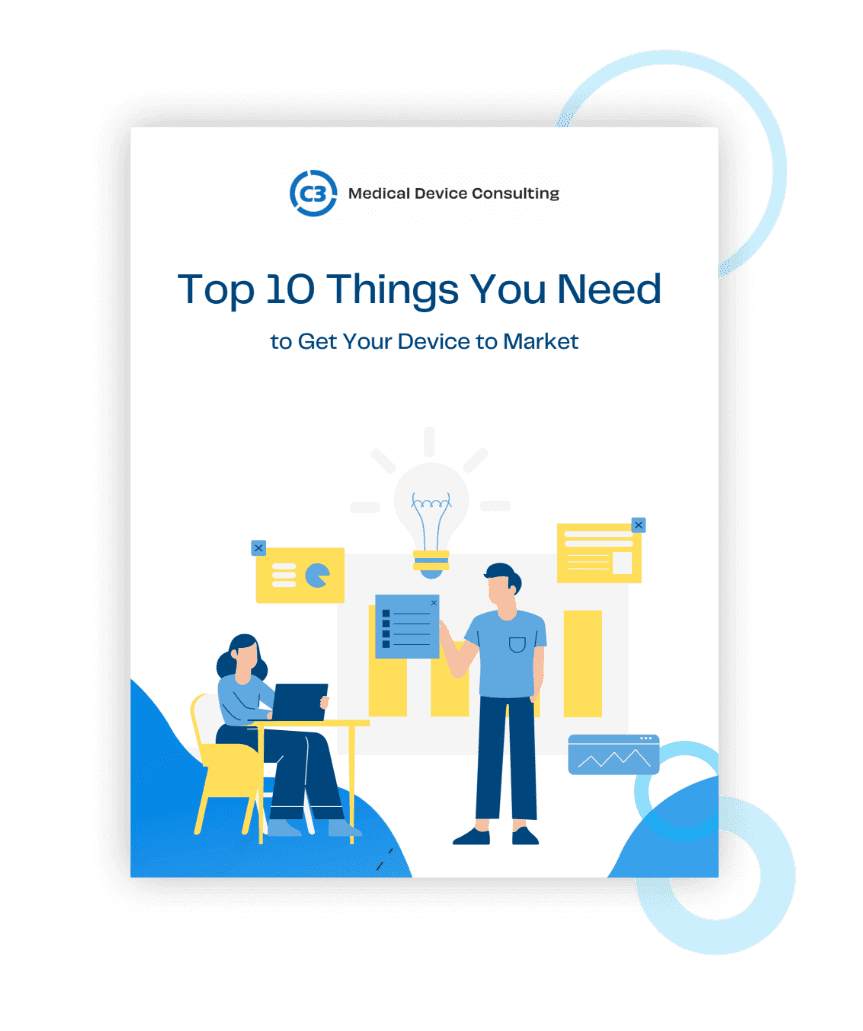Coming up with a price for a medical device can be a challenge. Those who eventually go on to purchase the device will want the best features and lowest possible cost. At the same time, after all the work you’ve put into developing your device, you want to maximize your profits and market share. While the entire medical device industry can be a bit confusing, especially if it’s your first time bringing a device to market, there are a couple pricing methods you can use as you consider pricing, like Gabor Granger and Van Westendorp.
Medical Device Pricing Methods
Once your device is ready for sale and use, you need to figure out optimal pricing for it. Here are two ways you can do it.
Gabor Granger
This method is used to evaluate a fraction of respondents who would likely purchase a medical device at different price points. Basically, respondents are asked if they would purchase your device at a particular price; if the answer is no, the question is presented again, but this time at a lower price. At the end of the analysis, you’ll have established the maximum price your respondents are willing to pay for your product.
The analysis also measures price elasticity. With the results from the study, you’ll be able to calculate a demand curve for your product that indicates the percentage of people who are willing to buy your product at different price points. From that curve, you can determine an optimum price point that will enable you to get maximum revenue.
Pros:
● Respondents are not required to know the price point of the device category
● The study assesses willingness to buy
● Results are easy to understand
Cons:
● No insights into the market share
● Respondents can bias their responses to an agenda
● It doesn’t assess the respondents’ existing price perception
Van Westendorp
This is another method that also assesses the range of price points that different individuals might consider for a particular device. Respondents will be asked to come up with price points according to a scale of perceived expensiveness. Using this method, you’ll present four questions to your respondents:
● Which price point would be so low that it would make you doubt the quality of the device?
● At what price would you consider the device a bargain?
● What would be a high price for you?
● At what price might you consider the device too expensive?
This information is then used to plot cumulative curves for the four prices, and you can use the crossing points to come up with a price for your medical device. From the curves you get, you can determine the optimum price from the intersection at which an equal number of individuals considered the price “too expensive” or “too cheap.”
Pros:
● Unbiased responses
● Supplementary questions can be asked to find out the reasons behind each choice
● Can be used to assess how a product is perceived
Cons:
● Difficult for respondents to come up with a price if the product is innovative/new
● Respondents will likely underestimate the relative price points due to the nature of the questions
These are two of the most used methods when innovators decide on a price for their devices. You can either use one or both methods then compare the results. Of course, it’s advisable to employ both methods so you can compare the results.
Need Some Help Developing and Pricing Your Device?
At C3 Medical Device Consulting, we know medical device development can be a long and tedious process. And when you’ve already invested a lot into your medical device, you can’t afford to get the pricing wrong. With 25 years of experience, our team of medical device experts has all the insight and experience you need to get the job done right so you can sell a high-quality device at the best price point.
If you need help developing and pricing your device, or to find out how we can help you with your project, get in touch with our team.










